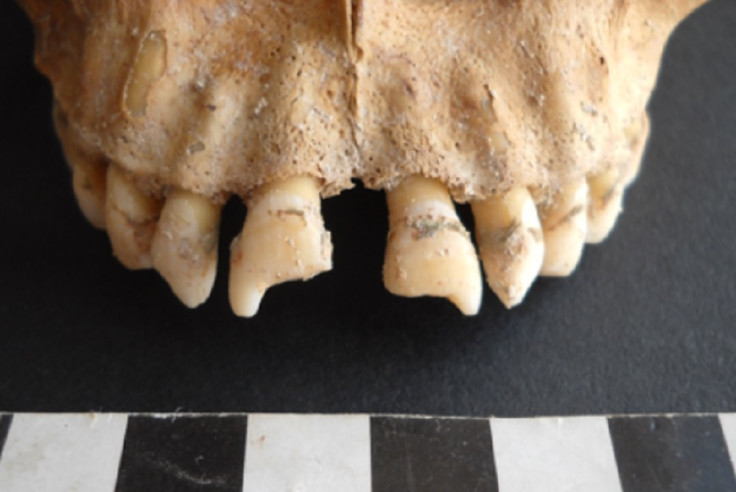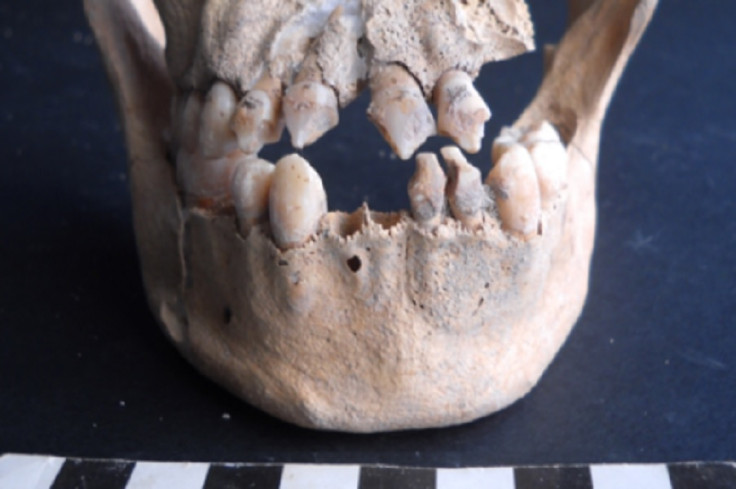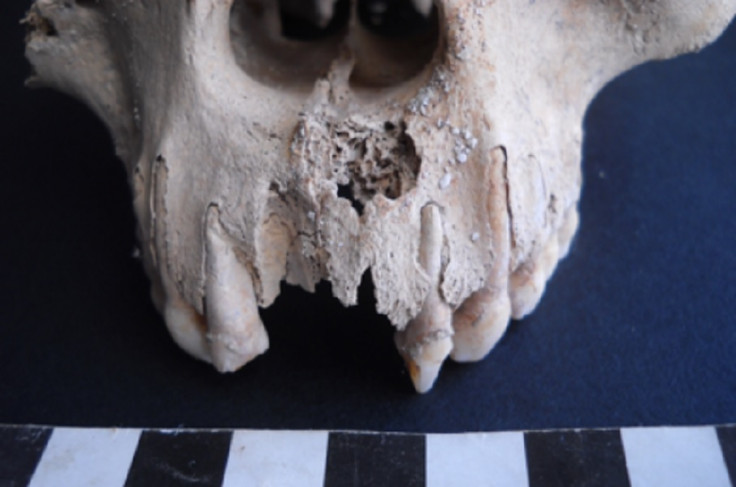Mystery of African slave skeletons discovered on Caribbean island solved after 300 years

Details about the lives of three African slaves who died on the Caribbean island of Saint Martin have been revealed 300 years after they died.
The three skeletons were discovered in 2010 during the construction of an office block in the capital city of Philipsburg.
Using tiny bits of DNA remaining in the teeth of the skeletons, scientists at Stanford University and the University of Copenhagen have been able to show where in Africa the three individuals were from before they were captured and enslaved.
This is the first time scientists have been able to use such old and poorly preserved DNA to identify the ethnic origins of individuals.
Study co-author Carlos Bustamante, professor of genetics at Stanford, said: "Through the barbarism of the middle passage, millions of people were forcibly removed from Africa and brought to the Americas. We have long sought to use DNA to understand who they were, where they came from, and who, today, shares DNA with those people taken aboard the ships."
In their study, published in the Proceedings of the National Academy of Sciences, researchers used a technique called whole-genome capture to isolate the ancient DNA to sequence and analyse it.

During the Atlantic slave trade (between 1500 and 1850), over 12 million Africans were shipped to the New World to work on plantations in the Caribbean, the US and South America. However, records from where they originated are scant.
DNA findings show that all three were aged between 25 and 40 when they died, in the late 1600s.
Further analysis of their teeth showed patterns of certain African groups and then through whole genome capture technique, they were able to single out snippets of DNA. With this DNA, the researchers compared sequences with a reference panel of 11 West African populations to identify the distinct ethnic groups from which each skeleton originated.
Findings showed one skeleton was a man who probably belonged to a Bantu-speaking group in northern Cameroon, while the other two shared similarities with non-Bantu-speaking groups in present-day Nigeria and Ghana.

Stanford's Maria Avila-Arcos said: "We were able to determine that, despite the fact that the three individuals were found at the same site, and may even have arrived on the same ship, they had genetic affinities to different populations within Africa.
"They may have spoken different languages, making communication difficult. This makes us reflect on two things: the dynamics of the trans-Atlantic slave trade within Africa, and how this dramatic, ethnic mingling may have influenced communities and identities in the Americas."
Researchers say their findings will provide a greater understanding of the patterns of the trans-Atlantic slave trade. Bustamante said: "This project has taught us that we cannot only get ancient DNA from tropical samples, but that we can reliably identify their ancestry. This is incredibly exciting to us and opens the door to reclaiming history that is of such importance."
Concluding, the authors wrote: "The study demonstrates that genomic data can be used to trace the genetic ancestry of long-dead individuals, a finding that has important implications for archaeology, especially in cases where historical information is missing."
© Copyright IBTimes 2025. All rights reserved.




















